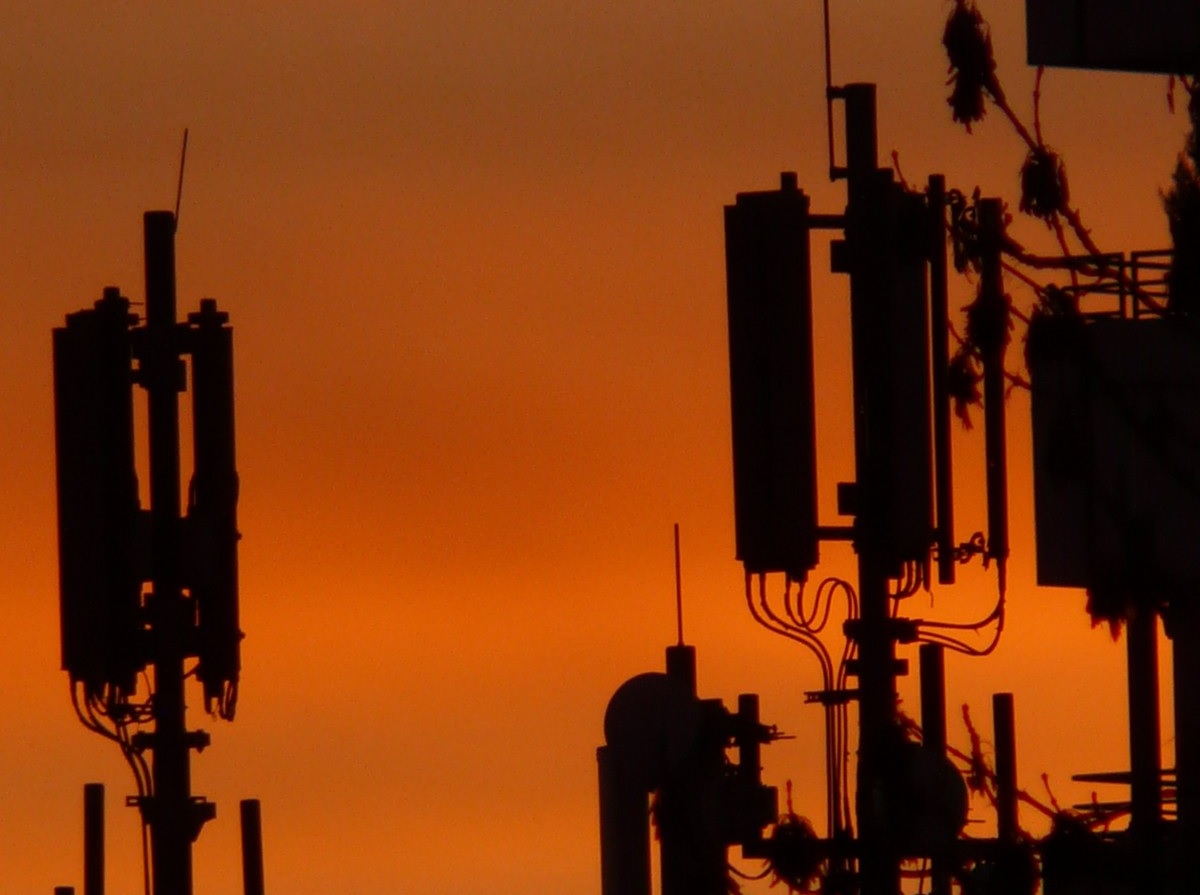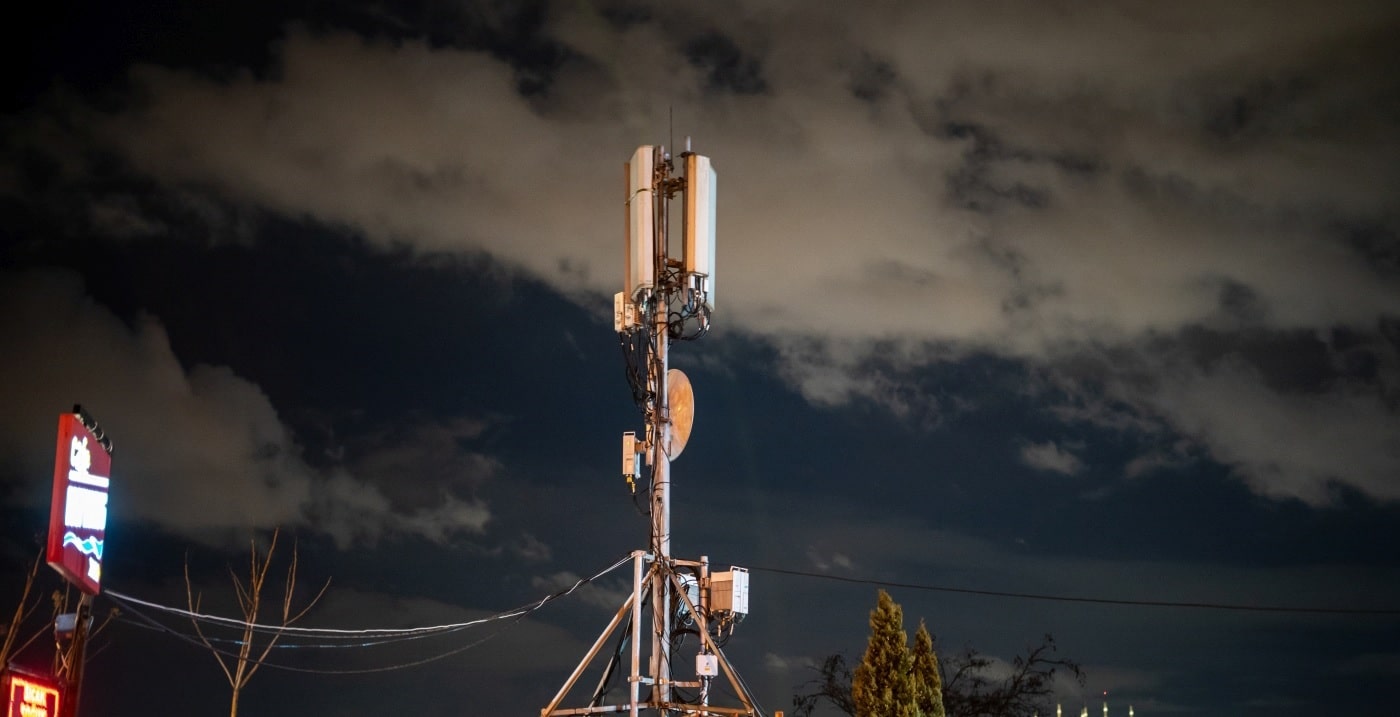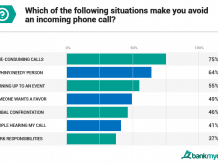It is often said that disinformation about the 5G network comes from Russia. It is easy to point out, for example, by the fact that many theories are initiated by Russia Today television. But if we take a closer look at the case, it turns out that the anti-cellular narrative fits perfectly into what Russia’s plans for the 5G network look like.
The history of mobile networks in Russia
Russia, like many other countries in the world, began its adventure with mobile networks in the 1990s. Initially in Russia and St. Petersburg, then the range went to the European part of the country, and then to the East. Initially, Russia used Cisco, Ericsson and Nokia equipment. In 2007, Huawei entered the game, winning one of the first tenders for the purchase of equipment for building a 3G network. One company that it was close to (China) and two that it offered the same quality equipment, but cheaper by 20-30%. So the choice was obvious.
Huawei did not initially conquer the country. It was present only in a limited area, mainly in the east. This was because competing suppliers made operators dependent on each other. They designed the equipment so that it could not be combined with the solutions of the competition. Back then, nobody heard about Open Ran. Huawei, and with it ZTE, waited until the equipment used so far would need to be replaced and attacked the market, offering not worse solutions, but for better money. Currently, there are no official data on the use of equipment from individual suppliers, but the Russian market is still very divided in this respect. Operators do not want to be dependent on a single supplier, so there is still a lot of diversification.
Also read: Huawei helps maintain the network in Ukraine. Why did this information not get through to the media?
The 5G network in Russia is not that simple
In June 2019, during a grand official ceremony attended by Vladimir Putin and Xi Jingping, an agreement was concluded between the MTS operator and Huawei. The result was the first pilot 5G network. Launched in Moscow at an unusual frequency of 4.9 GHz. And here the stairs begin.
In Russia, no agreement was reached on the use of 5G network frequencies. The whole world is betting on the C band, i.e. the 3.4-3.8 GHz range. But it is used by the Ministry of Defense (including mid-range radars, satellite communications and radio relay systems), intelligence services and Roscosmos. While Putin initially agreed to make the band available for the 5G network, he quickly changed his mind after the negative opinion of the Ministry of Defense. For Russia, the military is more important than the cellular network. Ultimately, the operators received a proposal to build a 5G network in the 4.7 – 4.99 GHz band. Here we have another staircase, but this time every other step is removed in them.
Building a 5G network on the frequency used around the world is easier. At least because of the availability of the equipment and its prices. In this case, only Huawei has compatible equipment, and only Chinese China Mobile uses such a band (but also uses the C band). Building the network at a higher frequency means that the range of a single transmitter will be weaker. So you need a denser mesh of base stations. According to GSMA calculations, four times as many transmitters are needed, and the cost of building the network will increase by 84%.
Here, in addition, the standards for the emission of electromagnetic fields stand in the way. Russia uses the standards that were in force in Poland until the beginning of 2020. So, to put it mildly, very restrictive (0.1 W / m2 for frequencies above 2 GHz). They practically make it impossible to cover the country with 5G network coverage in the 4.7-4.99 GHz band.
Do you think this is the end of the problems? NATO’s aircraft identification systems operate in the 4.7-4.99 GHz band. If 5G were to operate on these frequencies within a radius of 300 km from the border, it would require the consent of the neighboring country. Which would have been impossible even before Russia attacked Ukraine.
The only relatively painless move was the transfer of the 24.25 – 24.65 GHz band to the construction of a 5G network. What happened in March 2020. However, this, in line with Russian standards, allows at best the construction of private networks in very small areas, which they can use, among others, by factories and enterprises.
Also read: Android will introduce an archive function. It will free up space without uninstalling the app
We will build 5G ourselves! Or not?

In 2019, Maxim Akimov, Deputy Prime Minister for Communication, met with Vladimir Putin. He proposed building a native 5G network. It would cost 650 billion rubles (then it was still worth something, almost 9 billion dollars), and the funds would go to domestic companies, instead of foreign ones. This is how the program of building Russian hardware and software for the 5G network and the Internet of Things was created. By 2024, Soviet 5G was to account for a minimum of 18% of the technology used. The first 5G network with Russian hardware was to be launched in 2022-2023. In turn, by 2024, 40% of used base stations are to be manufactured in Russia, and in each town with more than 1,000 inhabitants there is to be 5G coverage, or at least LTE.
And here again we have a problem. Because Russia does not even have a fully functioning LTE network. Only in 2023 it was planned to reach the number of 2/3 connections in the 4G network. In 2021, the company Spectrum was established to supply LTE base stations. But for the 450 MHz frequency, which domestic operators rarely use and the devices do not meet their expectations. So the hardware turned out to be useless.
At the end of 2021, the future of the 5G network in Russia was still unknown. The government could not decide whether to build it on its own or with foreign companies. These, in turn, are reluctant to come to Russia due to investment uncertainty. Russia demanded that they cooperate with domestic producers or that they produce the equipment in the country. In November 2021, Nokia was the first to try to cooperate with a Russian company. Nokia’s contract with the manufacturer of computer systems Yadro assumed that the Finnish giant would have 49% of shares in the company, and that production plants and software licenses would be transferred to the Russian company.
Not to mention the fact that by the end of 2021, the frequencies of the 5G network had not been allocated, although it was announced. Which raises further problems, because the available bandwidth is not enough for all operators. So there were ideas of using at least some of the spectrum together.
How does this relate to 5G misinformation?

The principle of operation is simple. Since Russia cannot / does not want / cannot (delete as appropriate) to build a 5G network, it is doing everything to ensure that it is not in the world.
Russia can’t have 5G in the C-band? Well, we are telling people that 5G is an experiment on humanity. Russia cannot build a dense net of transmitters due to restrictive emission standards for electromagnetic fields? This is what we tell people that the transmitters will fry their brains and they have to be removed from the environment. There are theories for each of Russia’s problems with building a 5G network, which are disseminated all over the world, and then distributed by local anti-cell circles. A perfectly oiled machine has been in operation for several years.
The most interesting thing about all this is that Russia has fallen victim to its own propaganda. In 2020, transmitters of cellular networks caught fire in Russia, as in many European countries. In turn, in May 2021, the first mass protest against the construction of the 5G network took place in the country. The inhabitants of Yekaterinburg claimed that the base station under construction is dangerous to the environment, and the construction itself is illegal. How do we know it …















